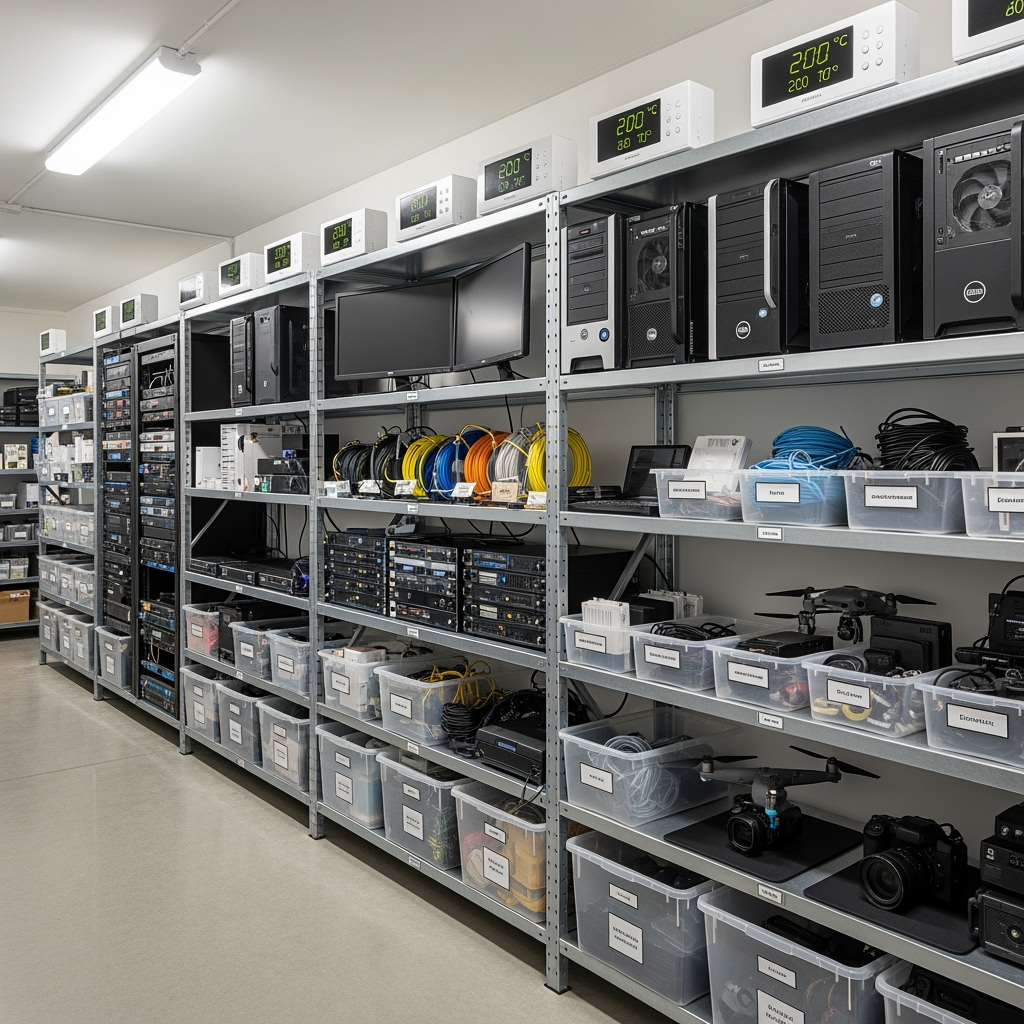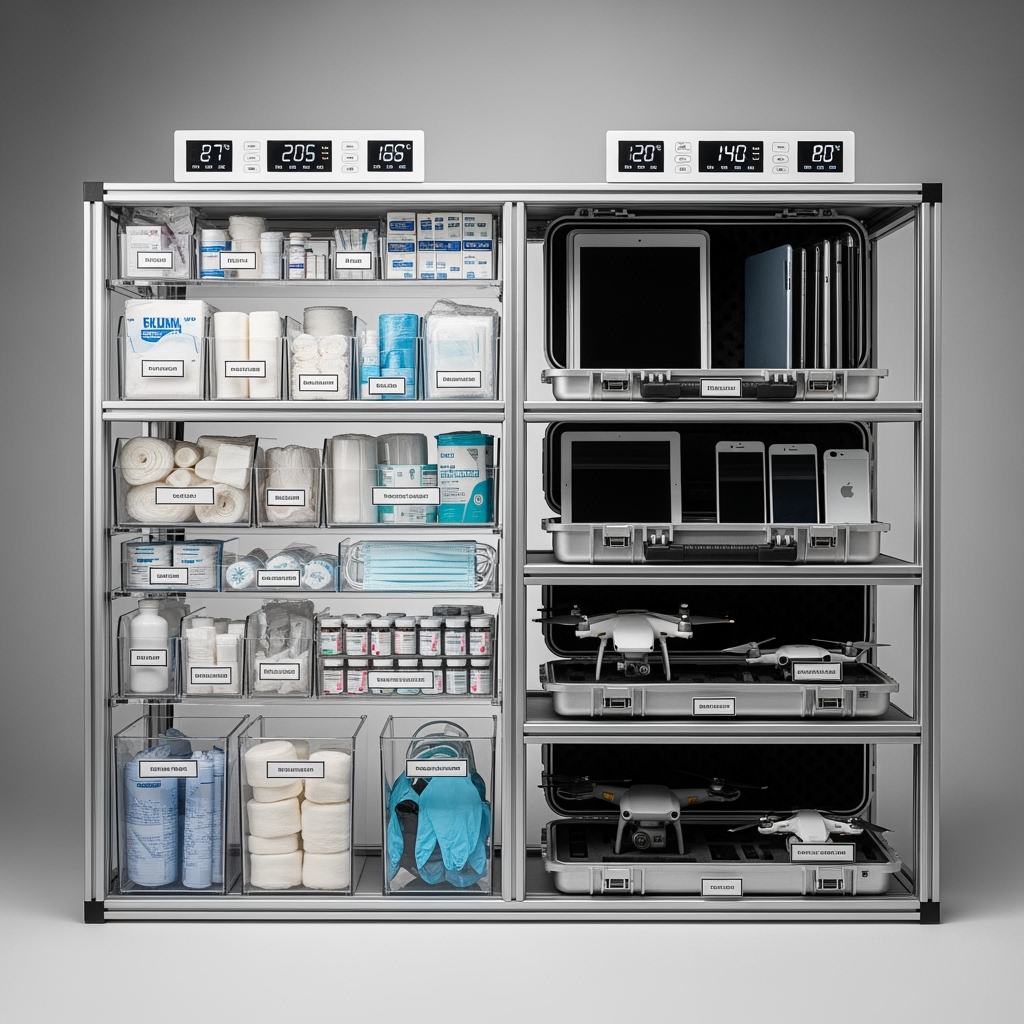Why Emergency Instrument Storage Matters
When disaster strikes, protecting valuable musical instruments requires more than just a quick solution. Whether you’re facing an approaching hurricane, wildfire, or other emergency situation, having a plan to safely store and transport your musical investments can mean the difference between preservation and devastating loss.
Essential Steps for Emergency Instrument Storage
Follow these critical steps to ensure your instruments remain protected during emergency situations:
1. Immediate Protection Measures
- Secure instruments in their proper cases
- Add moisture-absorbing packets to cases
- Document instrument condition with photos
- Create detailed inventory lists
2. Climate-Controlled Storage Preparation
When selecting a storage facility, ensure it offers:
- Consistent temperature control (65-72°F)
- Humidity monitoring (45-55%)
- Backup power systems
- Enhanced security features
Instrument-Specific Storage Guidelines
String Instruments
Violins, guitars, and other string instruments require special attention:
- Loosen strings slightly to reduce tension
- Store in hard cases with humidity control
- Keep away from exterior walls
- Place cases flat, never standing
Wind Instruments
Protect brass and woodwind instruments by:
- Thoroughly cleaning and drying before storage
- Removing reeds and mouthpieces
- Using protective bags within cases
- Storing disassembled when possible
Quick-Access Organization Tips
Create an evacuation-ready system:
- Label all cases clearly
- Keep essential accessories together
- Maintain a grab-and-go checklist
- Store cases near facility entrance
Insurance and Documentation
Protect your investment with proper documentation:
- Update insurance policies
- Maintain detailed photographs
- Store serial numbers securely
- Keep appraisal documents accessible
After the Emergency
Once the threat has passed:
- Inspect instruments thoroughly
- Document any changes or damage
- Contact insurance if necessary
- Consult professionals for maintenance
Professional Considerations
For professional musicians and music teachers:
- Maintain backup instrument locations
- Create emergency performance plans
- Network with local storage facilities
- Establish priority evacuation lists
Long-Term Storage Planning
Develop a sustainable storage strategy:
- Rotate stored instruments regularly
- Monitor storage conditions monthly
- Update emergency contact information
- Review and revise plans seasonally
Conclusion
Emergency instrument storage requires careful planning and the right climate-controlled environment. By following these guidelines and maintaining proper documentation, you can ensure your valuable musical instruments remain protected during unexpected evacuations and emergencies.










Leave a Reply